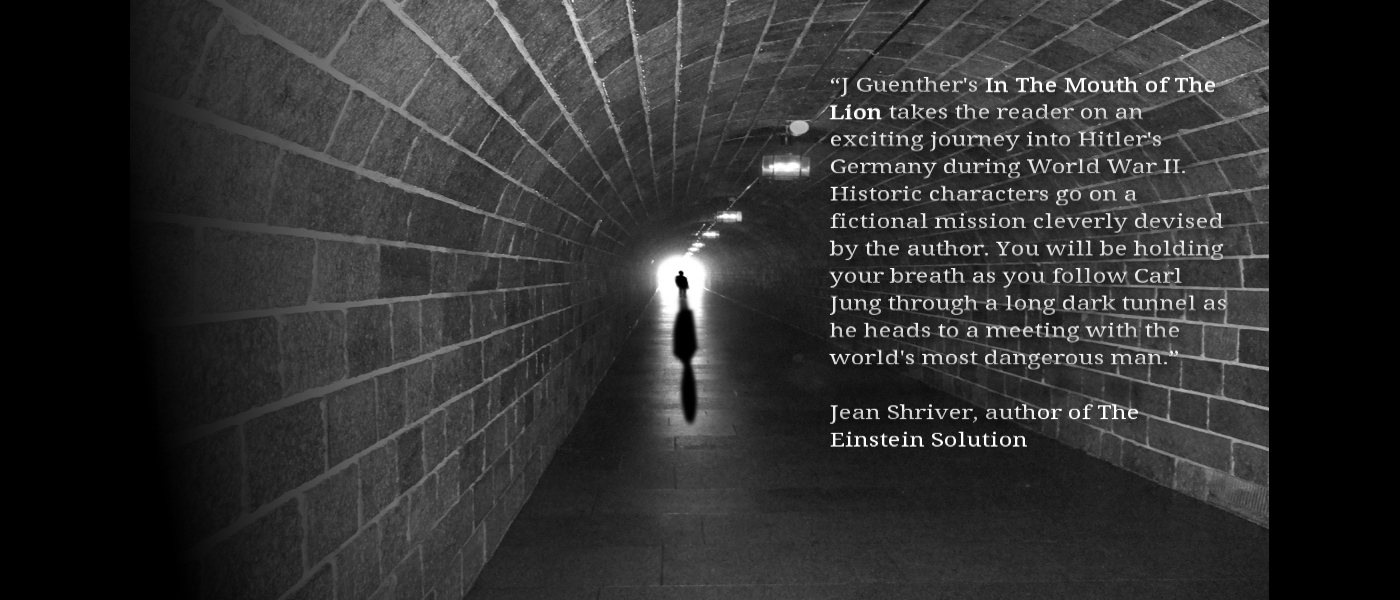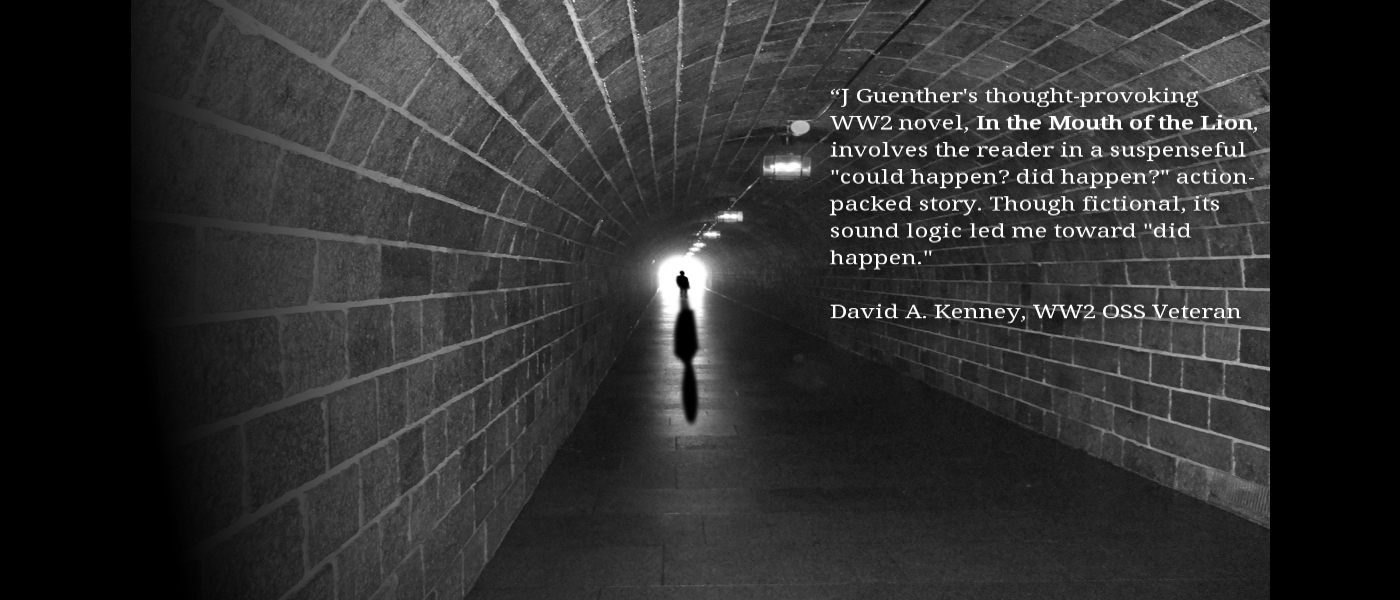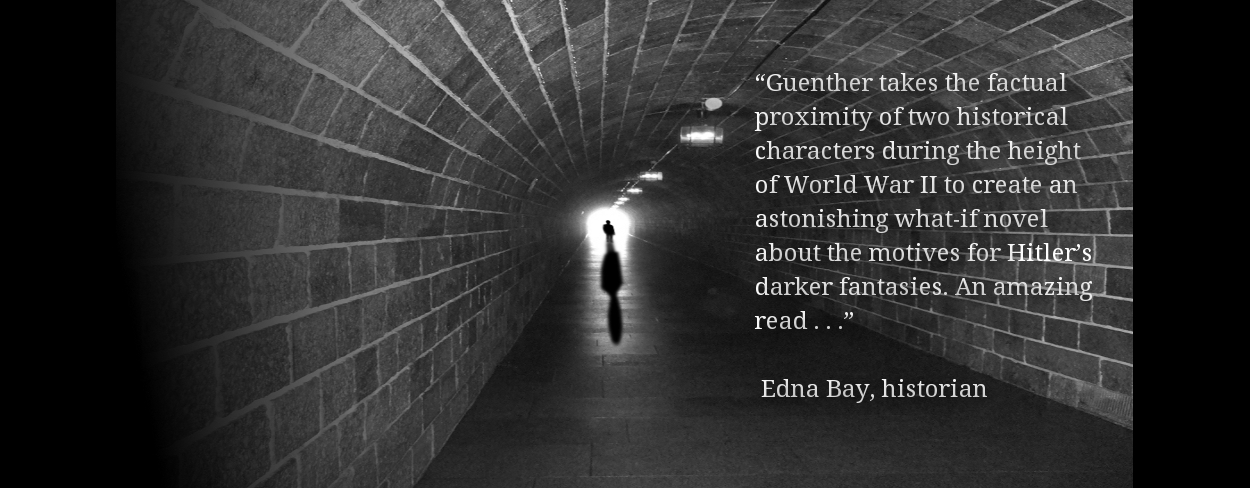
The Forger, by Cioma Schoenhaus, reads like a scary novel. There is tension from start to finish as Schoenhaus navigates the treacherous world of 1940s Berlin. The book illustrates all too clearly how pervasive Nazi control was, infecting every facet, every tiny crack of society. The Nazis practically turned a civilized country into one brutal, nationwide Konzentrationslager, where documents were required for almost everything but sneezing.
The Forger‘s foreword illustrates how luck played a major part in the author’s survival. As his story is told, we see how true that was: At the start, Cioma Schoenhaus is a green-as-grass innocent, still in his late teens. Along the way, he stumbles in and out of danger, manages to get himself arrested, loses vital documents, and keeps a high public profile, reasoning that the Gestapo won’t expect a Jew to blatantly patronize expensive restaurants.
Vestiges of normalcy remain, initially. A Jewish art college is still receiving students. English lessons are permitted. Cioma is free to live at home, as long as he shows up for work each day. He manages to jeopardize even that arrangement.
Working as forced labor in a Jewish-staffed factory, he observes that he and his friends could be forced into trucks and taken away at a moment’s notice. Knowing this, he gradually works his way into slots that are less likely to result in a one-way exodus to the East. As a draftsman and a machinist of better than average skills, Cioma can work in protected war industry jobs. He also looks like a typical “Aryan“ and has confidence and, above all, charm. People like him, even people whose job entails persecuting Jews. Germans, including a Gestapo official, rescue him from his gaffes.
Ultimately, Schoenhaus finds underground work, hiding in Berlin and forging documents, particularly counterfeiting the official Nazi eagle stamps that authenticate documents. Practically nothing could be done without some document—a permission slip from the police to rent a room, a post-office ID card, a ration booklet, proof of employment, proof of Aryan status (if you had it or had a fake document), and so on and on.
Schoenhaus’s story plays out with Germany’s war in the background, as the Wehrmacht’s early successes in Russia gradually turn into utter disaster. Along with the big picture, Cioma includes impactful little verbal sketches: Russian women slaves marching through a cold park, silently, barefoot. A synagogue converted into a Gestapo deportation office. A Gestapo official telling Cioma’s mother, “We at the Gestapo do not like separating family members.“ A civilian castigating a German soldier for giving his seat on a tram to a Jewess. Jews being forbidden to use bicycles, 13 November 1941, and denied use of public transportation, 24 April 1942. A malicious letter denouncing a Jew: “I have noticed for some time that people are hiding a Jewess in this building, she does not wear a star….“
A small quibble: Several of Schoenhaus’s reminiscences turn out to be nightmares, instead of reality, pulling the rug out from under the reader. Publisher, Da Capo Press (2004); illustrations by the author.




